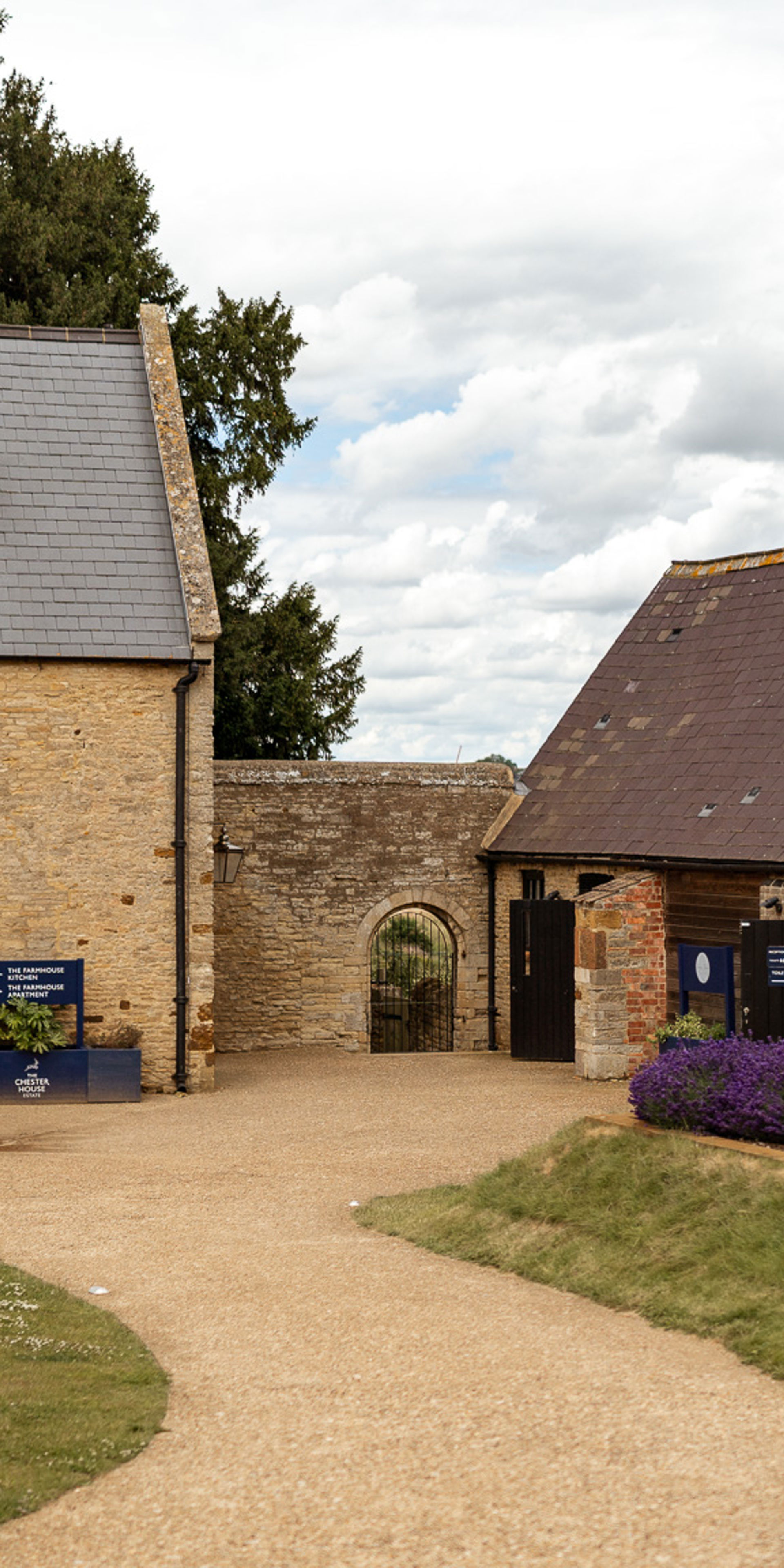Sophia Part Two
It is week four of the 2024 excavation at The Chester House Estate. Over the last few weeks, many people have had the chance to get involved with archaeology, and have a hands-on interaction with history.
My name is Sophia, and I am a second year Archaeology student at the University of Leicester, doing an internship recording the excavation through social media and blog posts.
During my time at the site in the last month, I have seen how hard everyone has been working and how drastically the site changes week to week as new discoveries are uncovered. The site has been filled with students, volunteers, touring groups and school groups all eager to learn about the site and its history. This blog post will aim to recap the last few weeks at the dig and highlight the people who have been hard at work here.
During the first week of the dig, students from the University of Leicester, both campus based, and distance-learning were able to learn and excavate. The first week was very promising, as multiple incredible finds were discovered, including coins and a metal buckle. The second week was also full of excitement, as the students and volunteers continued to dig and learn. Digging has continued across week three and four, with different groups having an opportunity to experience archaeology. Additionally, throughout the last four weeks, volunteers such as Carmel and Carol have been running a tight ship with finds washing and bagging so that all finds are properly processed and recorded.
The north trench has had fascinating discoveries such as a north-south Roman street, as well as an east-west Roman street. In this trench, many finds such as coins, pottery, brooches and even an articulated cow skeleton have been discovered! Excavation on the Roman cemetery has unearthed more than 100 Roman burials of people who lived in the Irchester Roman town around the 4th century.
Devyn, a researcher and PhD student from the University of Alberta. Devyn is researching the transition between Romans and Anglo-Saxons and how that affected growth through studying Roman and Early Anglo-Saxon skeletons and has had the opportunity to do this within the ARC, saying “it is the physical remains of past people, there is a tangible, tactile connection to the past, and you can learn so much about their lives from their social class to living environment”. Devyn also has had the opportunity to excavate at the Roman cemetery at the excavation, and about her experience digging says she enjoys “the opportunity to carefully, and respectfully excavate the remains of past people”.
Kevin is a volunteer who has been coming to The Chester House Estate for the past three years. Even though Kevin had no archaeological experience beforehand, excavating at the site has given him an opportunity to get involved in archaeology. Kevin says he enjoys getting to work on a dig, and enjoys the atmosphere, as there is the team of volunteers working alongside professional archaeologists, saying “everyone gets on and works together”. Kevin recently discovered an interesting find, a fragment of carved Northamptonshire limestone moulding potentially from a substantial monument such as a tomb or a building.
Donald, a professional archaeologist from ULAS has been working on the excavation. Donald stated about archaeology “personally I think we as modern people should learn from the past, as even though they lacked our modern technology, they faced the same problems.”, and about the dig at The Chester House Estate said, “things like this open up archaeology to everybody”.
The past few weeks have been brilliant, learning about the Roman inhabitants through excavating, with many friendly people from different backgrounds all working and learning together. Everyone, including the Chester House Estate volunteers, University of Leicester distance learning and campus based students and professional archaeologists, among others, have been fantastic. Personally, I am glad to have been able to experience what being on site here is like and meet new people with a fascination with history and archaeology.










